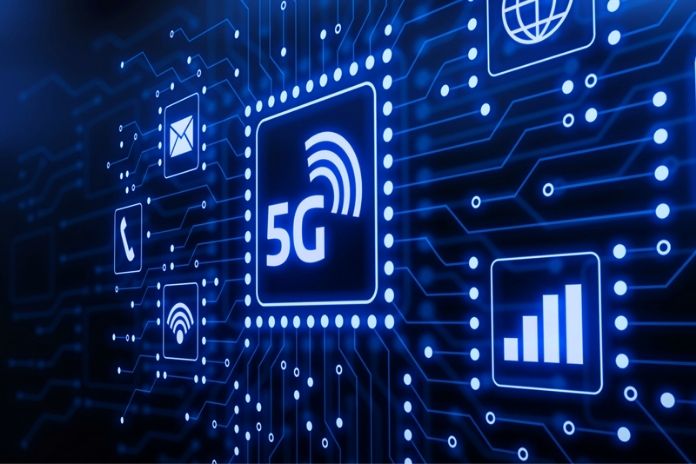5G Benefits & Key Differences from Predecessors

5G benefits are superior to its predecessor technology in many ways. In this way, transmission speeds increase while costs and energy consumption decrease simultaneously. The fifth-generation should also have barely noticeable latency times, i.e., enable previously unattainable reaction speeds.
New transmission techniques on the air interface and significantly increased radio frequency ranges make these improvements possible. The higher frequencies offer the advantage of transmitting more information in less time, but the content is greatly reduced. As a result, significantly more mobile phone masts will have to be erected in the future for a large-scale 5G network than was previously the case.
In addition, the future network is significantly more variable than a 4G network. This means that the network will notice whether a few devices require a high data rate or whether there are many devices with comparatively little demand in one place. The network can adapt and precisely distribute its performance according to the determined requirements.
What Are The Key 5G Benefits?
The most significant advantage of 5G technology compared to its predecessors is the higher speed of data transmission. In the future, television broadcasts could be transmitted over the Internet from multiple perspectives without any delays. Intelligent cars can exchange their telemetry data with each other and prevent accidents. In short:
- The data rate is increasing.
- The number of devices in a network is growing exponentially.
- At the same time, latency and loading times are decreasing.
These properties will certainly please consumers, but they are essential for business and industry because higher transmission speeds improve efficiency and reduce costs at the same time. In addition, completely new possibilities for cooperation become possible in the first place:
- Virtual realities can be experienced at the same time regardless of location.
- Complex simulations reach the customer in an uncomplicated manner.
- Entire cities become smart cities.
What Are The Disadvantages Of 5G?
Due to the high frequencies used to transmit in the 5G network, transmission masts must increase significantly. The costs – both for the construction and operation – are likely to be higher than the costs for 4G networks due to the higher mast density. Extensive tests for network coverage, quality assurance, and integration into the existing infrastructure are also necessary for commissioning. The successful installation and commissioning of a nationwide 5G network requires time and money above all.
Is The 5G Network Secure?
With the installation of a 5G network, various security precautions are tested and fundamentally improved. In this way, there is an opportunity to build a much more reliable, resilient, and secure network. The following innovations from the specification are particularly noteworthy.
- 5G components are secured separately with new cryptographic solutions. This ensures that if individual members are compromised, other parts are still protected.
- “Authentication Confirmation” ( AC ) is a new mechanism that provides more security when roaming. The subscriber’s end device sends cryptographic proof of the identity of the mobile operator into whose network the end device dialed back to the mobile home operator. Previous cellular networks do not support this function.
- The long-term identity of the participants ( IMSI ) is transmitted in encrypted form from 5G. With 2G/3G/4G, this information is currently transmitted without encryption.
Although these mechanisms exist, it is not foreseeable whether all security functions will be used. First of all, it is unclear how quickly mobile operators will migrate their networks to 5G. The migration process is not stipulated by law or in the 5G specifications. Therefore, every mobile operator will restructure their network differently.
How quickly migration takes place also depends on how many new 5G applications emerge and are accepted in the coming years. Many of the 5G benefits, such as the faster transmission rates, can undoubtedly be operated with an “old” LTE network. However, the new security mechanisms do not come into play in this case.
What Should Users Consider In The Future?
The options for consumers to influence security features will probably be limited to the settings that the mobile operating system has on the end device. It is not yet foreseeable whether the end-user can, for example, instruct their device only to use the 5G network.
In any case, the choice of network operator is just one piece of the puzzle. After all, the most secure network operator is of little use if apps or other 5G services, for example, in the area of networked driving, virtual reality, or smart home, do not adequately protect essential data. As soon as it comes to choosing applications and service providers, consumers in 5G will have to be at least as careful as they are today.


